Scientists from the U.S.’s Fermilab and international partners celebrate completing two seven-story caverns, each capable of housing 17,000 tons of liquid argon, for the DUNE neutrino project.
From Fermilab 23/08/24
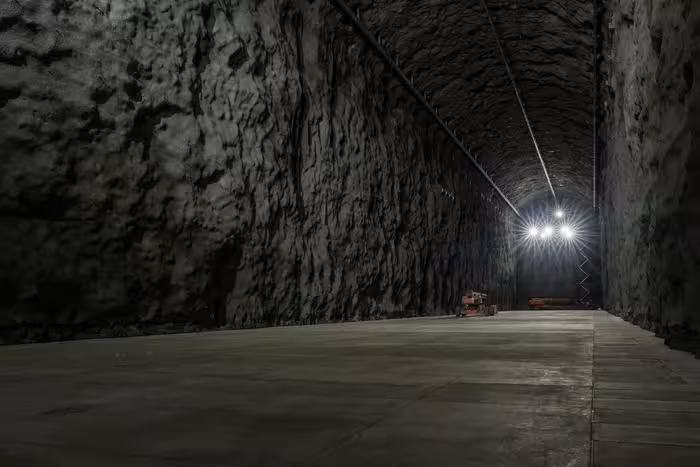
A ribbon-cutting event was held today [15/08/24] at the Sanford Underground Research Facility (SURF) in Lead, S.D. to mark the completion of excavation work for the Long-Baseline Neutrino Facility/Deep Underground Neutrino Experiment (LBNF/DUNE), an international project led by the U.S. Department of Energy’s Fermi National Accelerator Laboratory.
The “Into the Depths of Discovery” event, hosted by Fermilab and the South Dakota Science and Technology Authority (SDSTA), was attended by supporters of the three-year excavation of the caverns, including state and federal leaders as well as officials from the Department of Energy.
“Today we celebrate this remarkable engineering feat and are grateful to the many people who worked to achieve this milestone,” said Derek Passarelli, DOE Principal Deputy Under Secretary for Science & Innovation.
“This is an extraordinary achievement given the nature of the underground excavation.”
“The LBNF/DUNE endeavor, involving partners from the nation as well as from around the world, will bring together our collective minds and talents focused on tackling the most challenging questions about how our universe works.”
The event occurred one mile beneath the surface at the northern detector cavern and marked the completion of excavation work on two seven-story caverns for housing particle detectors (see 2-minute animation), as well as a smaller central utility cavern.
The two detectors will each be filled with 17,000 tons of liquid argon cooled to minus 184 degrees Celsius to record and study the rare interactions of neutrinos.
The international collaboration of DUNE scientists will study the behavior of mysterious particles known as neutrinos to address some of the biggest questions in science, such as why our universe contains matter, how an exploding star can create a black hole, and if neutrinos are connected to dark matter or other undiscovered particles.
“It is exciting to have so many people here today who have supported the excavation and construction of the project,” said Lia Merminga, director of Fermilab.
“This is an important step in making LBNF/DUNE a world-class international underground science facility.”
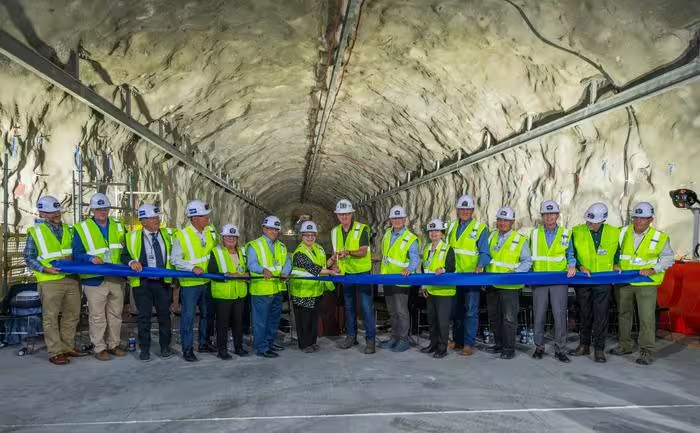
The research conducted at Fermilab and SURF is the foundation for future technological innovation.
The history of scientific research shows that discoveries made today have the potential to positively impact humanity for generations to come.
“This important milestone is a great way to celebrate the world-class research, innovation, education, and economic opportunities happening here at America’s Underground Lab,” said Mike Headley, laboratory director at SURF and the executive director of the South Dakota Science and Technology Authority.
“The research underway at SURF will extend well into this century; the impact of scientific advancements made here could last much longer.”
“Our future is incredibly bright, and we are excited to help it unfold.”
Engineering, construction and excavation teams have worked 4,850 feet below the surface since 2021 at SURF to prepare the space needed for the experiment.
Over 800,000 tons of rock were excavated and moved from underground to an expansive former surface mining area known as the Open Cut.
In order to accomplish this feat, construction crews dismantled heavy mining equipment and, piece by piece, transported it underground.
Workers then reassembled the machinery and have been blasting and relocating rock ever since.
The U.S. Department of Energy’s Fermi National Accelerator Laboratory and Sanford Underground Research Facility are working together for this international science project as part of a large collaboration comprised of more than 1,400 scientists and engineers from over 200 institutions in over 35 countries and the European Organization for Nuclear Research, known as CERN.
More info
You may also be curious about:
-

Skin bacteria help protect us from sunlight
-

New brain-reading video game reduces chronic nerve pain
-

Black tea and berries could contribute to healthier aging
-

Viral mouth-taping trend ‘sus’ says Canadian sleep expert
-
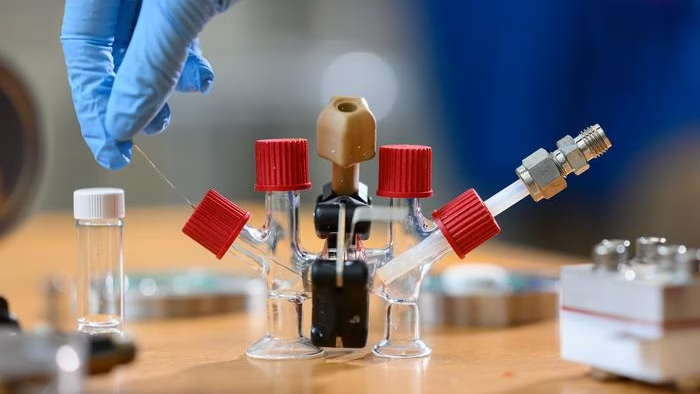
New sodium fuel cell could enable electric aviation
-
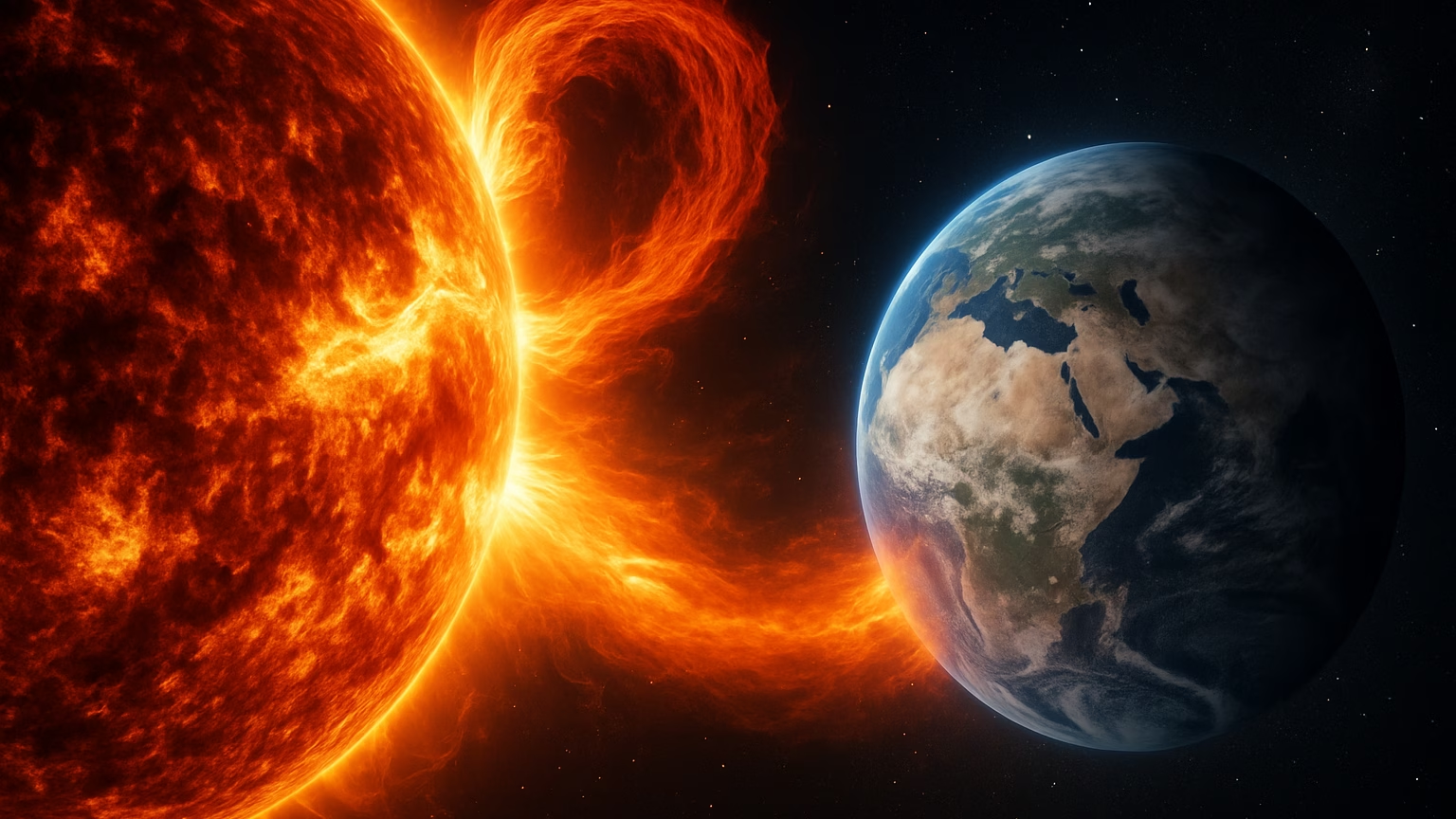
The most extreme solar storm hit Earth over 14,000 years ago, scientists identify
-
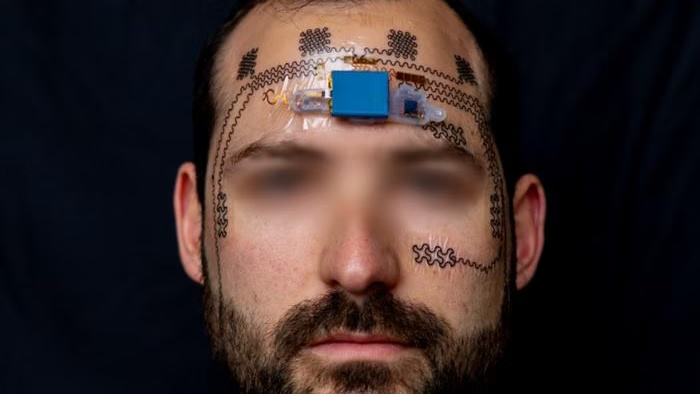
Electronic face tattoo gauges mental strain
-
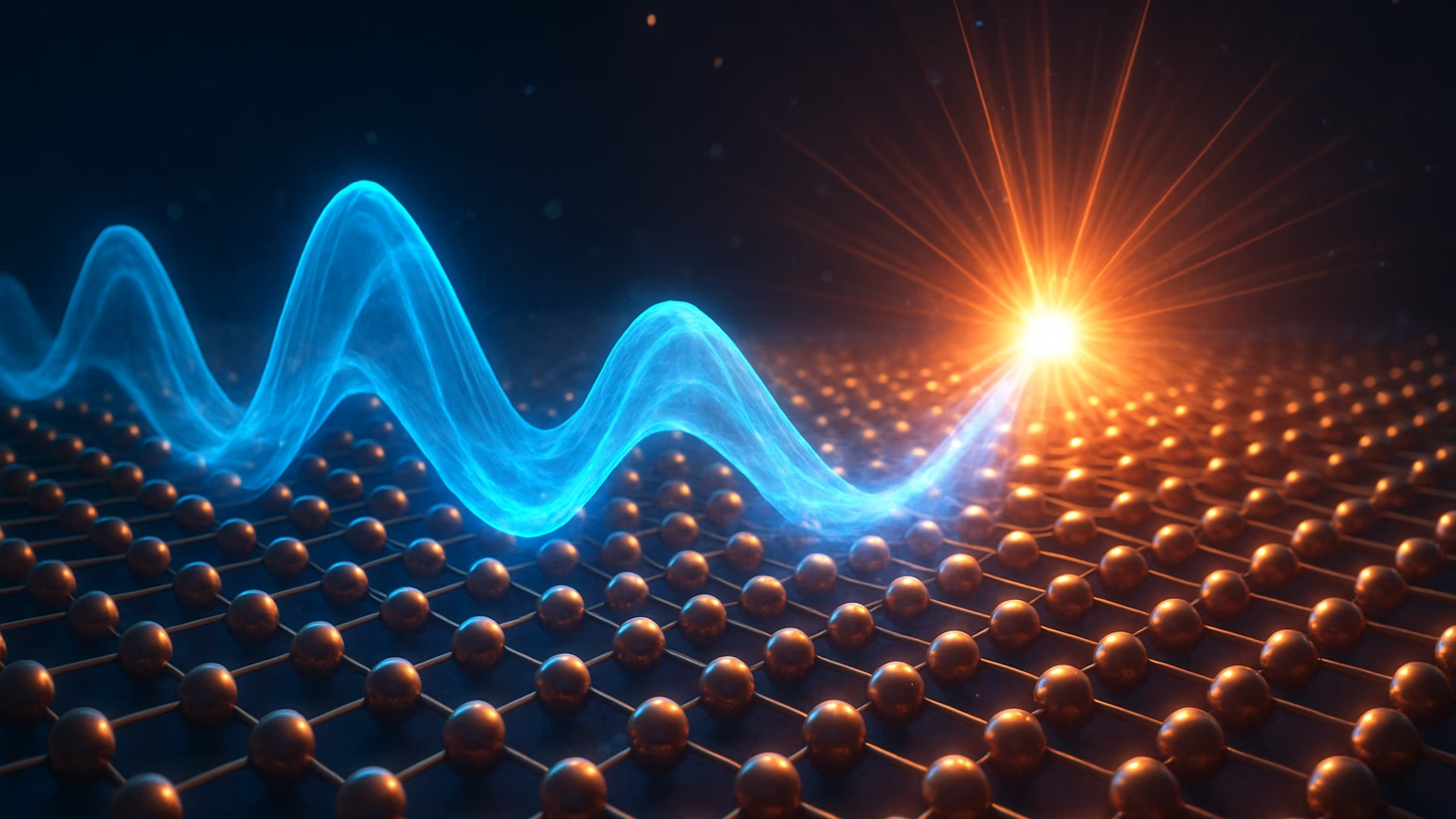
Solitonic superfluorescence paves way for ambient temp quantum computing
-
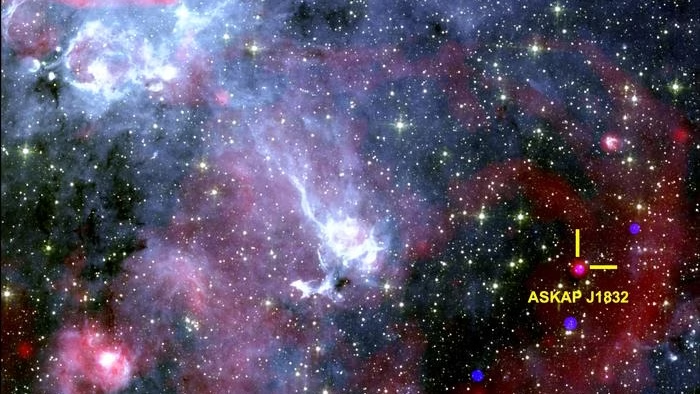
Cosmic mystery deepens as astronomers find object flashing in both radio waves and X-rays
-
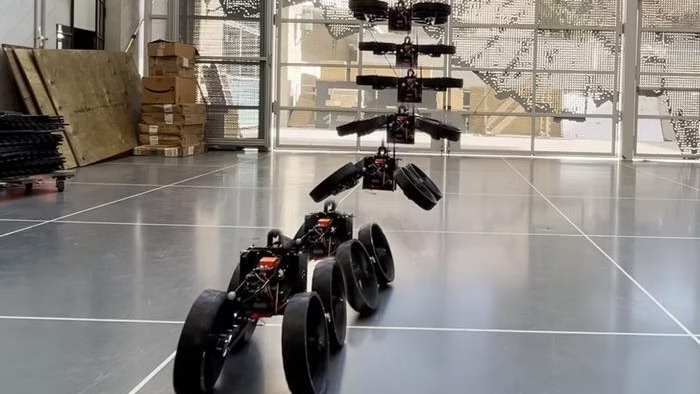
The rotors are also the wheels on this morphobot
-
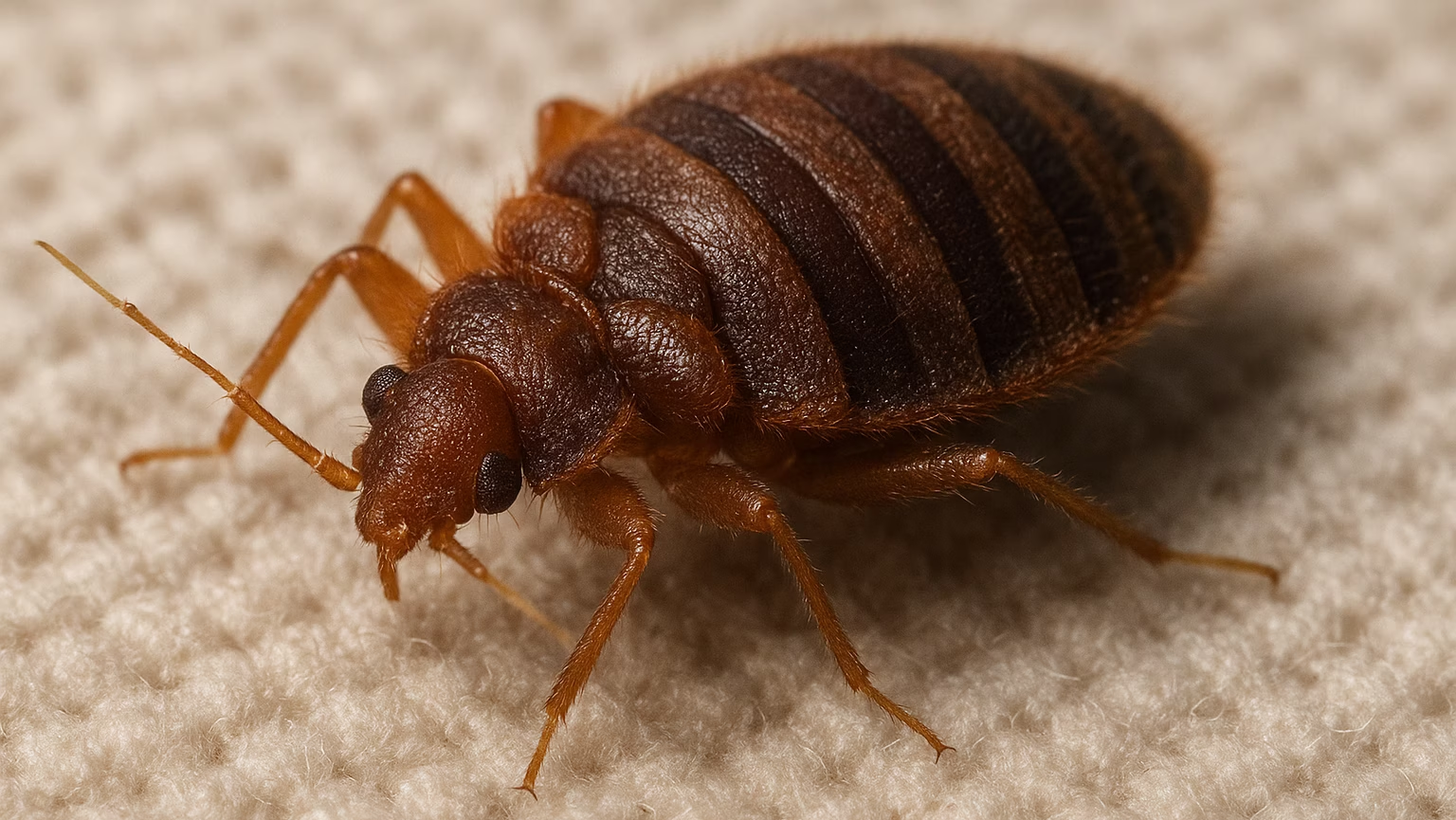
Bed bugs are most likely the first human pest, 60,000 years and counting
-

What lurks beneath? Only 0.001 percent of the deep seafloor has been imaged
